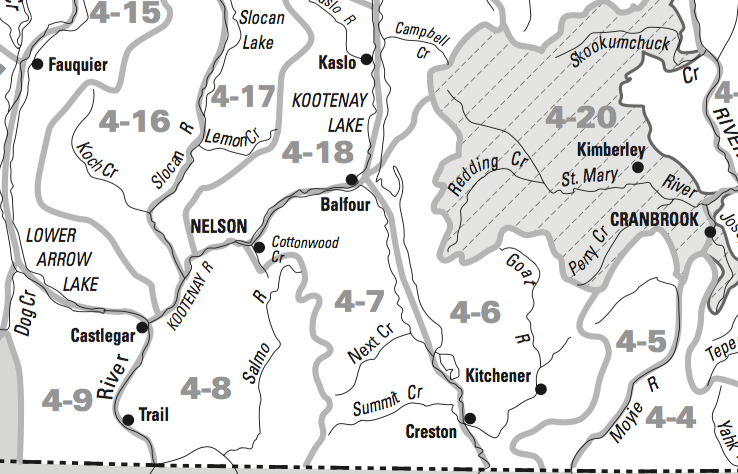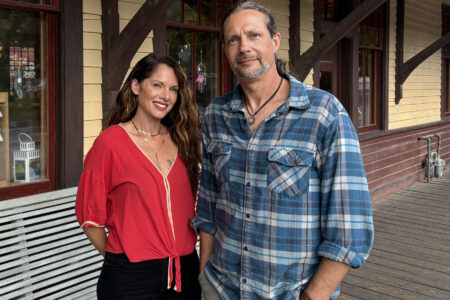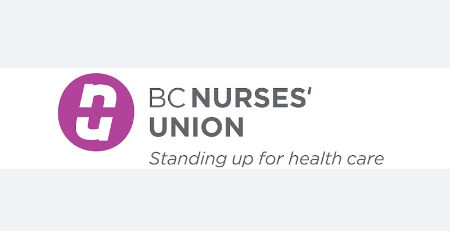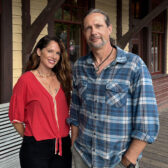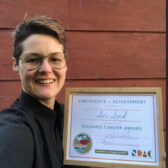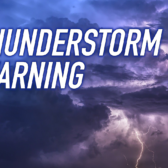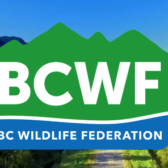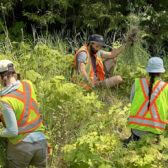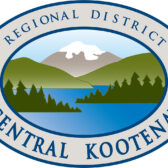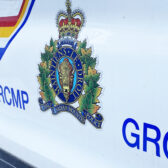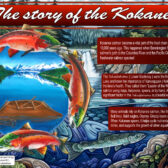Re-writing regulations: in-season changes for fishing in West Kootenay
The province has upped the ante for fishing on Kootenay Lake.
The annual quota of bull trout and rainbow trout on the main body of the big lake has been increased from 10 per year to 20 per year for fish over 50 centimetres.
The Region 4 in-season regulation changes were also accompanied by a time-of-day closure for the Slocan River — from 12 p.m. to midnight until Aug. 31 — with a no fishing regulation for that time.
All streams south of Nelson and Castlegar — other than the main stems of the Columbia and Kootenay rivers — will have a no fishing regulation in force from 2 p.m. until midnight unitil further notice is given. Single, barbless hooks must be used in all streams of Region 4, all year.
High predator abundance of Gerrard rainbow and bull trout are still the culprits in the kokanee fishery collapse, the B.C. Ministry of Forests, Lands, Natural Resource Operations and Rural Development (FLNRORD) has said in the past, and is the reason for the increase in the allowable catch.
“(H)istorically, these fish became very large when kokanee were abundant,” a spokesperson for the FLNRORD explained. “Predators can remain abundant relative to their prey by growing slower and switching to supplement their diet with other items, so predators in Kootenay Lake still survive well for at least their first few years of life but are now small and skinny.”
But the fishery also attracted less effort, he said, and overall fish harvest was below pre-collapse levels, exacerbating the problem.
“This explains why predator in-lake abundance did not collapse with kokanee.”
Last year evidence surfaced that predator-to-prey ratio was trending in the right direction, as predators are becoming less abundant and are better fed than they had been between 2015 and 2020.
The main Kootenay Lake kokanee population has been characterized as ‘collapsed’ but it is in no danger of disappearing, according to the province’s latest update on the state of the lake’s keystone species.
Region 4 daily quotas
Trout/char: five, but not more than:
• one rainbow trout or cutthroat trout over 50 cm;
• two from streams; and
• one bull trout (Dolly Varden) of any size.
Bass:no quota since it is closed to fishing.
Burbot:two
Crayfish:25
Kokanee:15 (none from streams), with no more than five over 30 cm.
Northern pike:no quota since it is closed to fishing.
Walleye:no quota since it is closed to fishing.
White sturgeon:no quota since it is closed to fishing.
White fish:15 (all species combined).
Yellow perch: no quota since it is closed to fishing.
Note: See guide (below) for exceptions to specific bodies of water.
online version of the 2023 to 2025 Freshwater Fishing Regulations Synopsis (PDF 25.4 MB).
Keeping the balance
In every part of Kootenay Lake except the West Arm, kokanee historically were the majority of the fish biomass and the most important fish consumer of aquatic invertebrates, as well as the most important prey species for other fish.
Kokanee were are also integral to the diet of birds and bears, particularly during their spawning migrations in the fall.
“If kokanee were to disappear, the ecosystem of Kootenay Lake would change dramatically, as it would not be able to support large-bodied fish predators,” a spokesperson for B.C. Ministry of Forests, Lands, Natural Resource Operations and Rural Development said.
But the kokanee will not disappear, he added.
“They may fall to low abundance and remain at low abundance, but some will always persist. Habitat remains excellent for kokanee, and will remain excellent for years to come.”
Along with the main lake kokanee, there are also the West Arm kokanee, giving rise to the fact there are two distinct populations of kokanee. The West Arm kokanee stay in the West Arm for their whole lifecycle. Those fish exist at low abundance due to the historic and ongoing impacts of hydroelectric dams.
“We maintain their populations with spawning channels, which provides enough spawning habitat to support some limited fishery harvest.”
Source: B.C. Ministry of Forests, Lands, Natural Resource Operations and Rural Development


